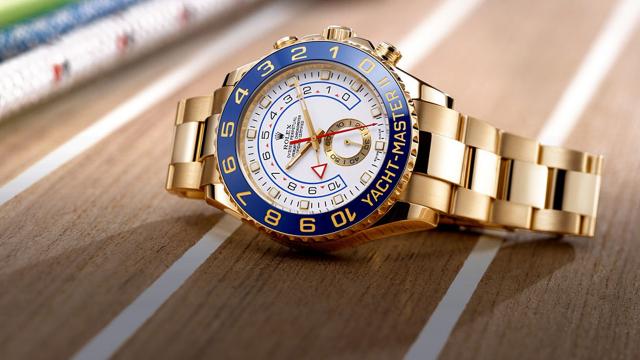What processes are used in custom watches?
![]() Jun 01,2023
Jun 01,2023
![]()
Customizing a watch involves several processes that combine various components to create a personalized watch. Different watch manufacturers use different processes. Usually, the process of customizing watches has the following aspects.
1. Design consultation: Usually, customers contact our sales, and customers communicate their design preferences, required functions, materials, and any specific customization requests. Our sales will be confirmed according to the needs of customers. If there is any demand that cannot be realized, we will communicate with customers as soon as possible.
2. Design development: Based on the communication of the client's needs, the watchmaker creates design sketches, CAD (computer-aided design) models, or 3D renderings to visualize the final product. A design may undergo iterations and revisions until it meets customer expectations.
3. Material selection: The client and the watchmaker finalize the material selection for each component such as case, strap/bracelet, dial, crystal glass, and hands. Materials can be sourced or custom-made to design specifications.

4. Manufacturing of components: The components of the watch are manufactured or procured according to the selected materials. This may involve cutting, shaping, machining, and finishing processes. For example, the case and bracelet may be made from metal blanks, while the dial may be produced using a variety of techniques including enameling, guilloche, or printing.
5. Movement installation: Select a watch movement that provides timing and install it into the case. The movement can be mechanical (automatic or hand-wound) or quartz, depending on the customer's preference and the expertise of the watchmaker.
6. Assembly: Cases, dials, hands, crystals, straps/bracelets, and other components are carefully assembled by watchmakers. This requires precise handling and specialized tooling to ensure proper alignment and installation.
7. Quality control and testing: After the watch is assembled, it will go through a strict quality control inspection and testing procedure. These may include timekeeping accuracy testing, water resistance testing (if applicable), and overall functional evaluation.
8. Finishing and decoration: Custom watches often have personalized finishing or decorative elements. This may include polishing, brushing, engraving, or applying special coatings to the case or other parts. Watchmakers can also add bespoke details, such as personalized engravings on the case back or special markings on the dial.
9. Quality Inspection and Packaging: The finished watch undergoes a final inspection to ensure it meets the required quality standards. Once approved, the watch is carefully packaged, usually in a presentation box or pouch, along with any accompanying documents or certificates.
It is important to note that the creation of a custom watch requires fine craftsmanship, attention to detail, and watchmaking expertise. The time and complexity involved in each process may vary depending on the customization requirements and the capabilities of the watchmaker. If you need to customize watches frequently, it is recommended to find a strong watch manufacturer for cooperation.












